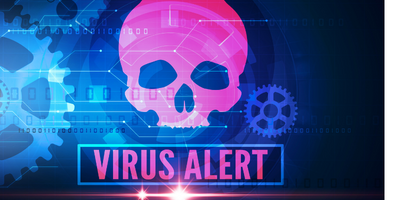Having a plan for an internet outage is crucial.
If your internet goes down, Ultra IT will go through a thorough checklist first to figure out where the problem lies:
- Is it a hardware issue?
- Is your computer playing up and not connected to the network?
- Is it a firewall or modem that is causing the issue?
- Is it the line or the internet coming in to the building ?
In most cases, it could be at least three different vendors that you will have to deal with, if you are sorting the problem yourself.
Ultra IT will deal with all of your vendors, so that you don’t have to coordinate them, and figure out where the problem lies.
Recently we have partnered with Vodafone, and recommend them to our customers, in order to streamline processes if something does go wrong.
Think about the country of Canada. Earlier this year, business ground to a halt in an instant. A botched maintenance update by a large internet service provider (ISP) created chaos for more than 10 million customers.
Here are some suggestions that can help you ensure you are protected against an Internet outage:
Building a backup plan for lost internet
About one-quarter of Canada’s internet capacity was offline. The downtime lasted only 12 hours for some, days for others. The list of outage impacts is long. The problem halted some point-of-sale payments, some nonprofits lost the ability to serve vulnerable populations, and cellular-dependent traffic signals in Toronto were out of whack.
What can we learn from this? Businesses should prepare a backup.
Backing up your internet
Setting up a secondary internet connection can help your business remain online. You’ll be ready if there are system issues, intrusions, or power a failure. For this to work, you’ll need to partner with a different provider than you do for your primary internet. This cuts the odds that both your main and backup internet will go down at once.
If your primary internet connection is wired, consider a cellular backup. For example, a router with 4G backup would switch you to that network if the main connection failed.
The very nature of redundancy is that it repeats what you already have. That can make some businesses balk: Why pay twice? Yet internet redundancy can help you avoid lost business, productivity, and brand reputation, not to mention the stress of having to try to do business in this digital age without being able to get online.
Maybe you can’t reinforce your IT infrastructure with a second provider. At least reach out to your current ISP to learn their backup plans. Ensure they have failovers established to back up their systems.
The Canadian outage saw many businesses floundering. With the ubiquity of technology today, it’s not unlikely that more ISP outages will happen. Be ready for the worst with plans for redundancy and contingency plans.
In Summary
Ultra IT can take care of all of these issues for you. If you would like to talk to the local Vodafone representative, please contact Deena Pawson, Northland Customer Business Manager at Vodafone.
Hopefully, we never experience an issue like Canada did, however it is is best to be prepared. Contact the team at Ultra IT if you would like further information.












